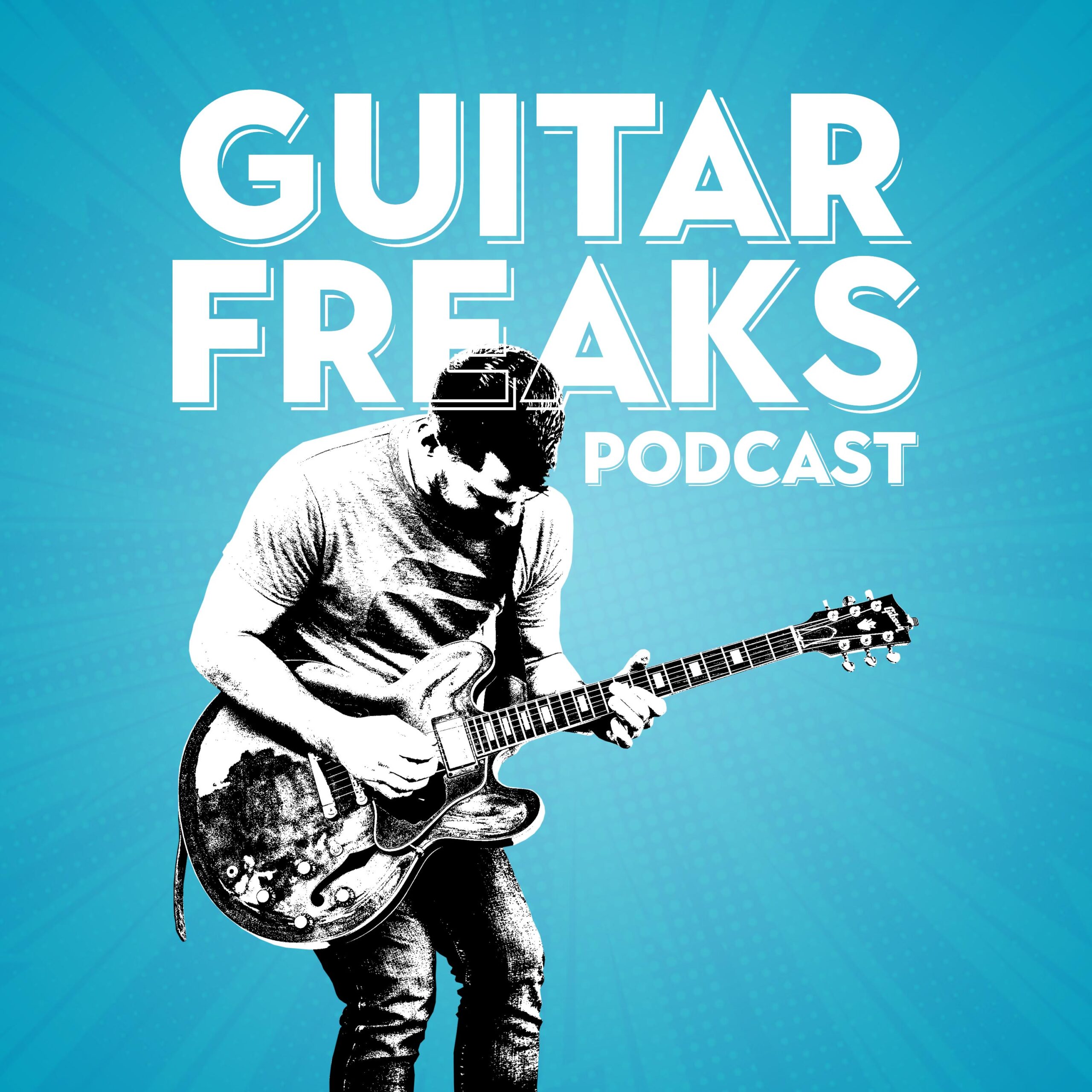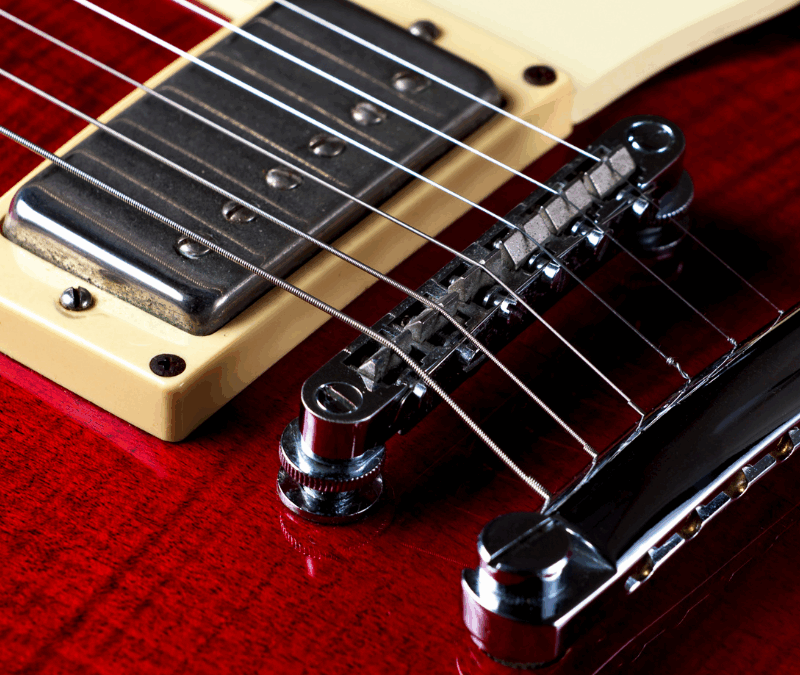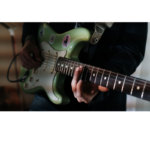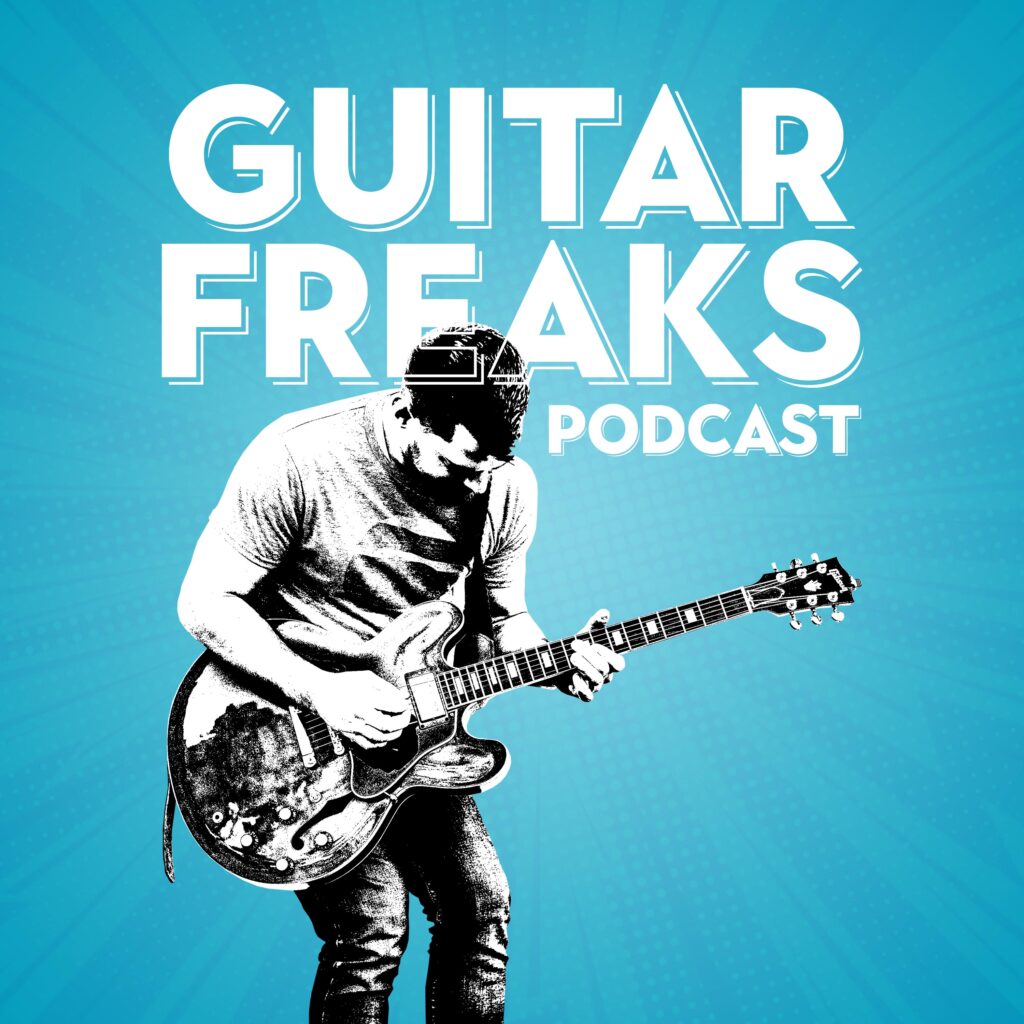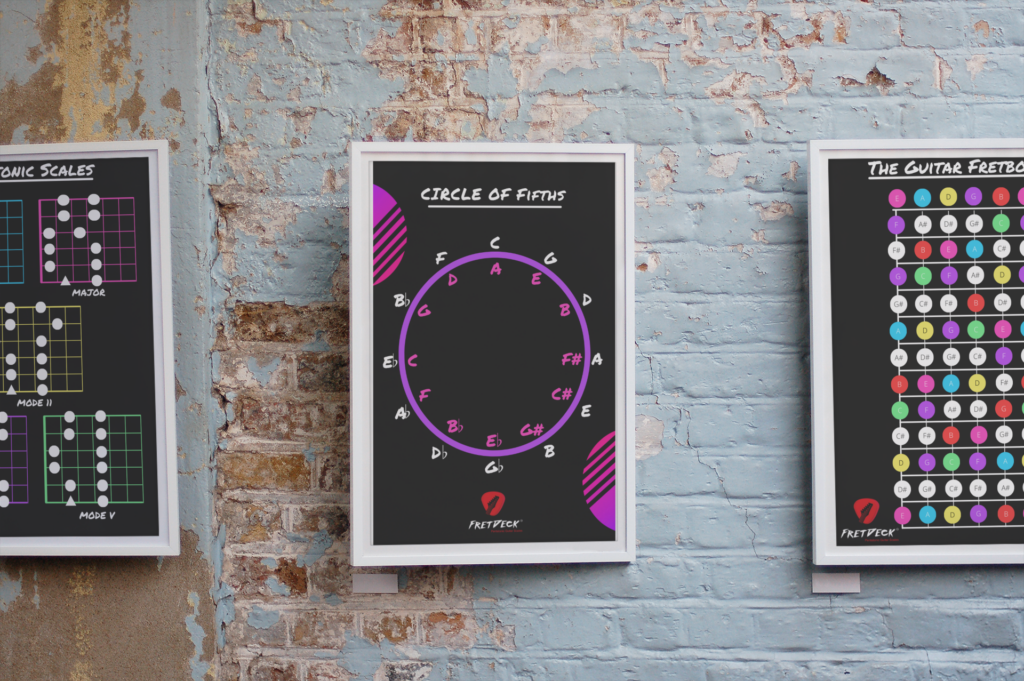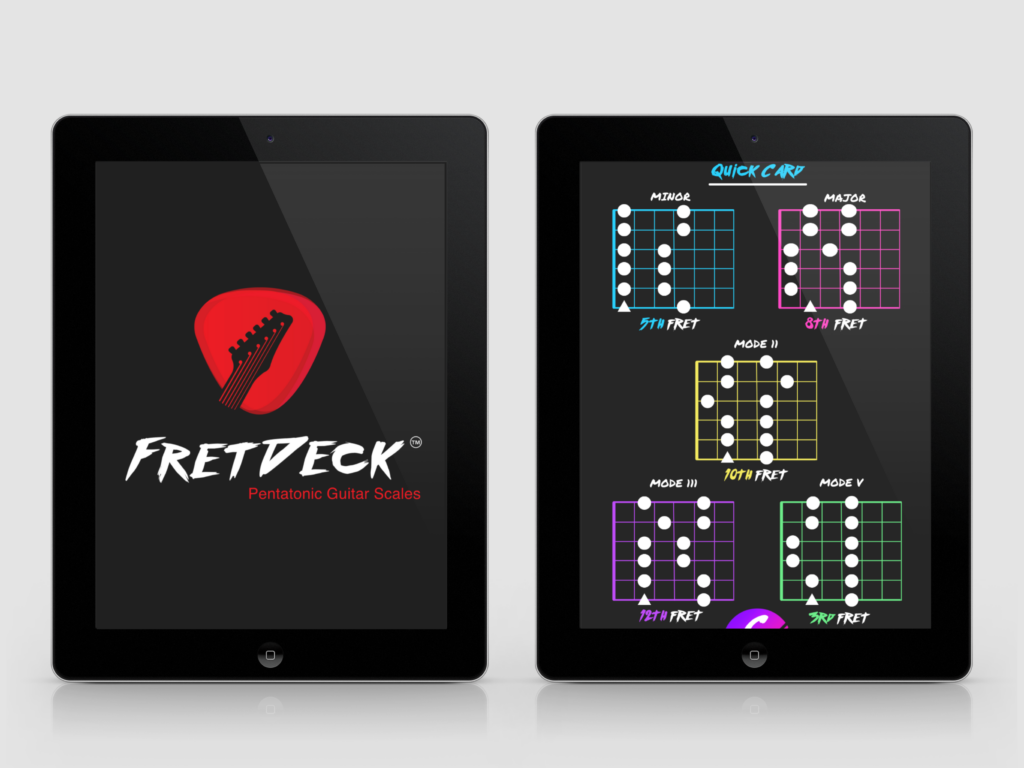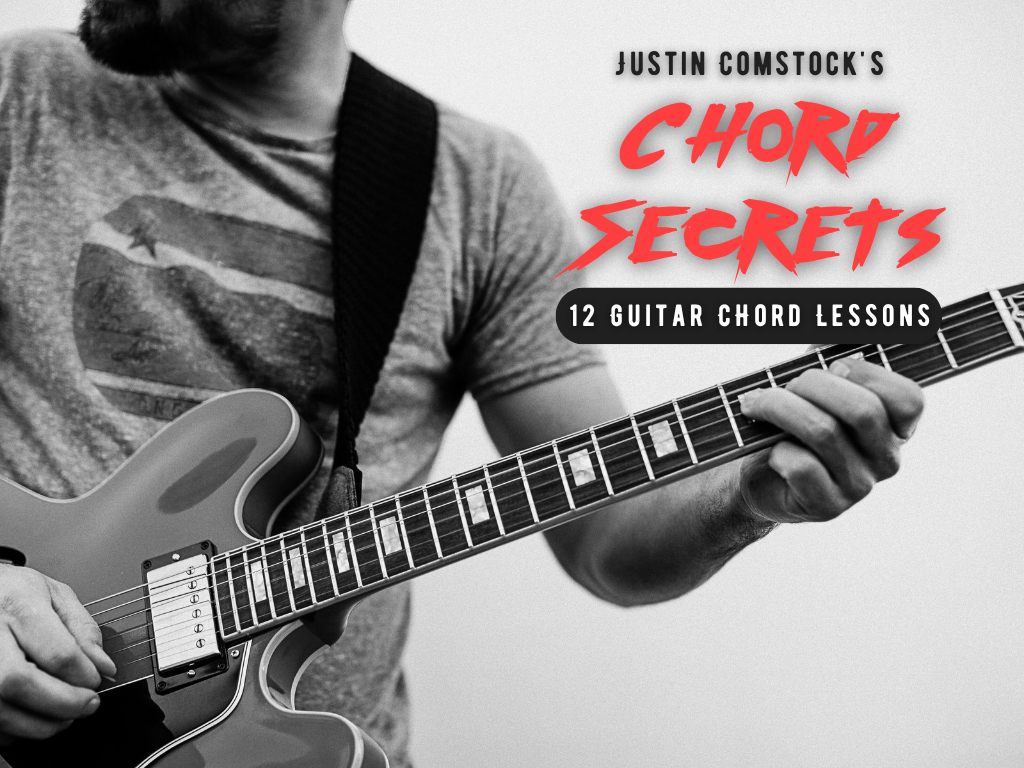Discover how to improvise on a guitar with confidence and creativity.
🎯 Introduction
Improvisation is the art of creating music in the moment. For guitarists, it’s a skill that transforms playing from mechanical repetition to expressive storytelling. Whether you’re jamming with friends, performing live, or composing new music, improvisation allows you to communicate emotions and ideas spontaneously.
In this guide, we’ll explore practical steps and techniques to help you master guitar improvisation. From understanding scales and chords to developing your ear and building a musical vocabulary, we’ll cover everything you need to know to start improvising with confidence.
🧠 Understanding the Basics
Before diving into improvisation, it’s essential to have a solid foundation in the following areas:
1. Scales and Modes
Scales are the building blocks of melodies. Familiarize yourself with:
- Major and Minor Scales: These are fundamental for understanding key signatures and tonal centers.
- Pentatonic Scales: Especially useful in rock, blues, and pop genres.
- Modes: Such as Dorian, Mixolydian, and Phrygian, which add different flavors to your improvisation.
Practicing these scales across the fretboard will help you navigate different keys and positions.
2. Chord Progressions
Understanding common chord progressions enables you to anticipate changes and create melodies that complement the harmony. Start with progressions like:
- I-IV-V: A staple in many genres.
- ii-V-I: Common in jazz.
- 12-Bar Blues: Essential for blues improvisation.
3. Ear Training
Developing your ear allows you to recognize intervals, chords, and melodies by sound. Practice by:
- Transcribing solos and melodies by ear.
- Singing scales and intervals.
- Playing call-and-response games with recordings.

❌ Stop Guessing. Start Shredding.
If you’re still fumbling through scale patterns and box shapes… it’s costing you progress.
FretDeck™ is the no-fluff system that shows you exactly how to master the fretboard—fast. Early access.
⚡️ This isn’t for dabblers. It’s for players who want results.
👉 Click here to join the pre-launch now
Early access. Limited rewards. Don’t wait.
🎸 Techniques for Effective Improvisation
1. Start Simple
Begin by limiting yourself to a few notes or one scale. For example, use the A minor pentatonic scale over a 12-bar blues progression in A. This constraint encourages creativity and helps you focus on phrasing and rhythm.
2. Use Phrasing and Dynamics
Think of your solos as conversations. Incorporate:
- Phrasing: Vary the length and rhythm of your phrases.
- Dynamics: Use volume and attack to add emotion.
- Space: Don’t be afraid to leave pauses; silence can be powerful.
3. Connect Scale Positions
Learn to move between scale positions smoothly. This expands your range and allows for more expressive solos. Practice connecting patterns horizontally across the neck.
4. Incorporate Techniques
Add interest to your improvisation with techniques like:
- Bends: For expressive pitch changes.
- Slides: To connect notes smoothly.
- Hammer-ons and Pull-offs: For fluid legato passages.
- Vibrato: To add emotion to sustained notes.
5. Play Along with Backing Tracks
Use backing tracks to simulate real playing situations. This helps you apply scales and techniques in context and develop timing and groove.
🛠️ Building a Practice Routine
Consistency is key to mastering improvisation. Here’s a sample practice routine:
- Warm-Up (10 minutes): Practice scales and finger exercises.
- Ear Training (10 minutes): Transcribe a simple melody or solo.
- Technique (10 minutes): Focus on bends, slides, and other expressive tools.
- Improvisation (20 minutes): Play over backing tracks, applying what you’ve learned.
- Review (10 minutes): Reflect on what worked and areas for improvement.
If you’re struggling to connect ideas across the fretboard, this post will help you improve your phrasing and connect scale positions using the pentatonic mode more musically.
🎵 Developing Your Musical Vocabulary
Learning licks and solos from other guitarists can provide inspiration and expand your vocabulary. Analyze how these phrases are constructed and try to incorporate similar ideas into your playing.
🔗 Additional Resources
For further learning, consider exploring these resources:
- JustinGuitar’s Major Scale Improvisation Lesson
- Acoustic Life’s Guide on How to Improvise on Guitar
- StringKick’s Easy Guide to Guitar Improvisation
🚀 Conclusion
Improvisation is a journey of continuous learning and self-expression. By building a strong foundation, practicing regularly, and staying curious, you’ll develop the skills to improvise confidently and creatively on the guitar.
Remember, the key to improvisation is not just technical proficiency but also the ability to convey emotion and connect with your audience. So pick up your guitar, explore new ideas, and let your creativity flow.
For a deeper dive into improvisation techniques, this step-by-step guide to guitar improvisation by JustinGuitar covers essential concepts and phrasing strategies.
Ready to take your improvisation skills to the next level? Start incorporating these techniques into your daily practice and watch your musicality soar!
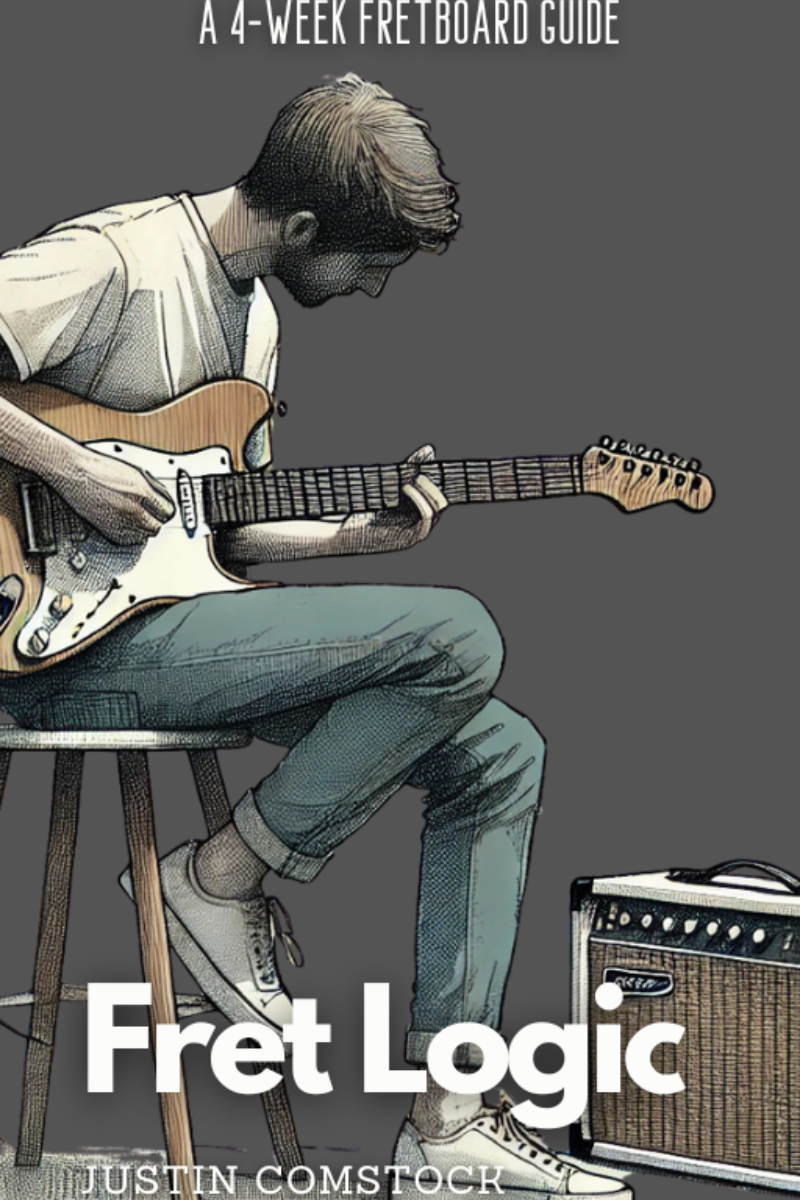
Join Guitar Freaks Hangout on Discord! 🎸
Get Fret Logic FREE!
Join the Guitar Freaks Hangout Discord and get exclusive access to my entire e-book, Fret Logic! Master the fretboard and elevate your solos with this comprehensive guide.
👉 Don’t miss out—join now and download your free copy!
